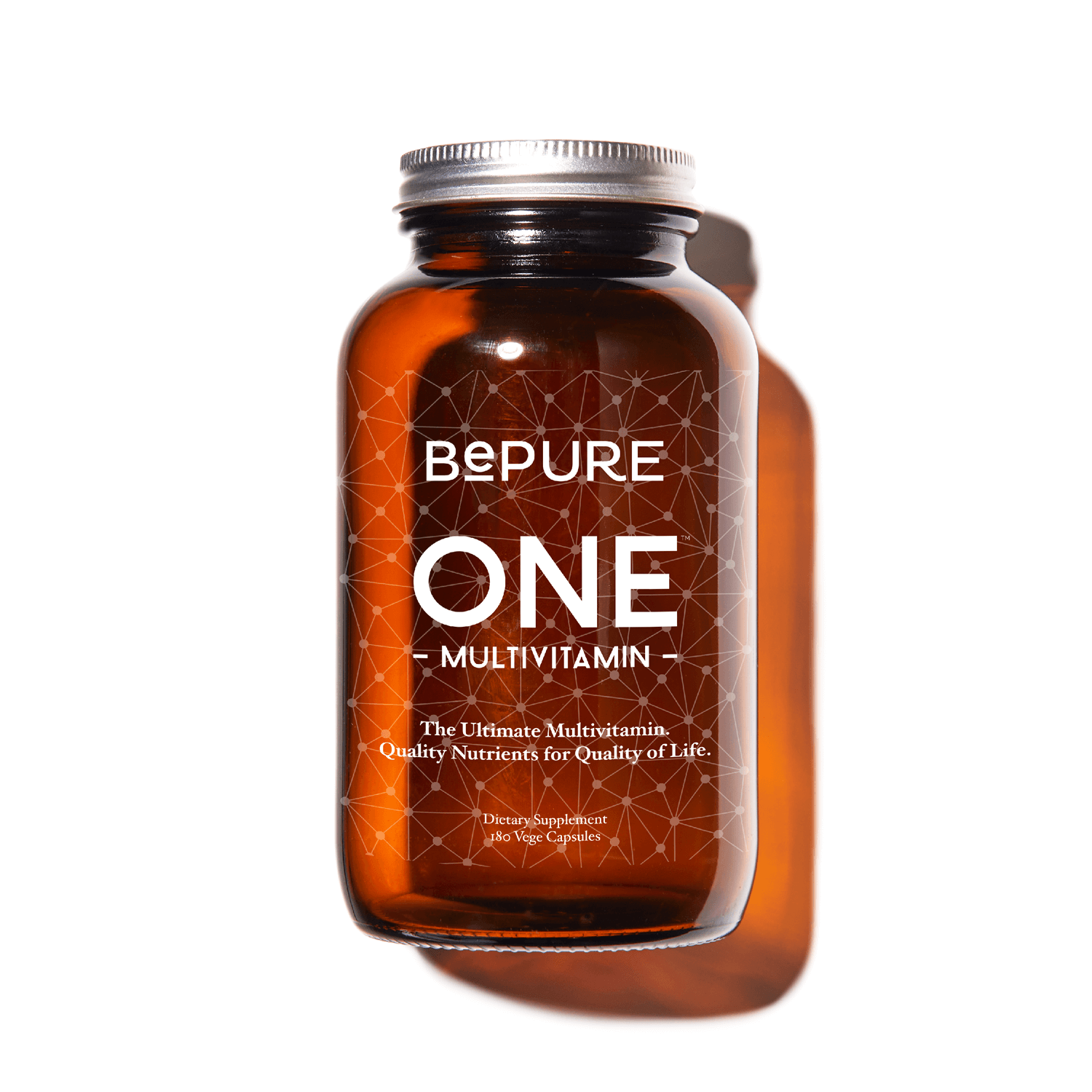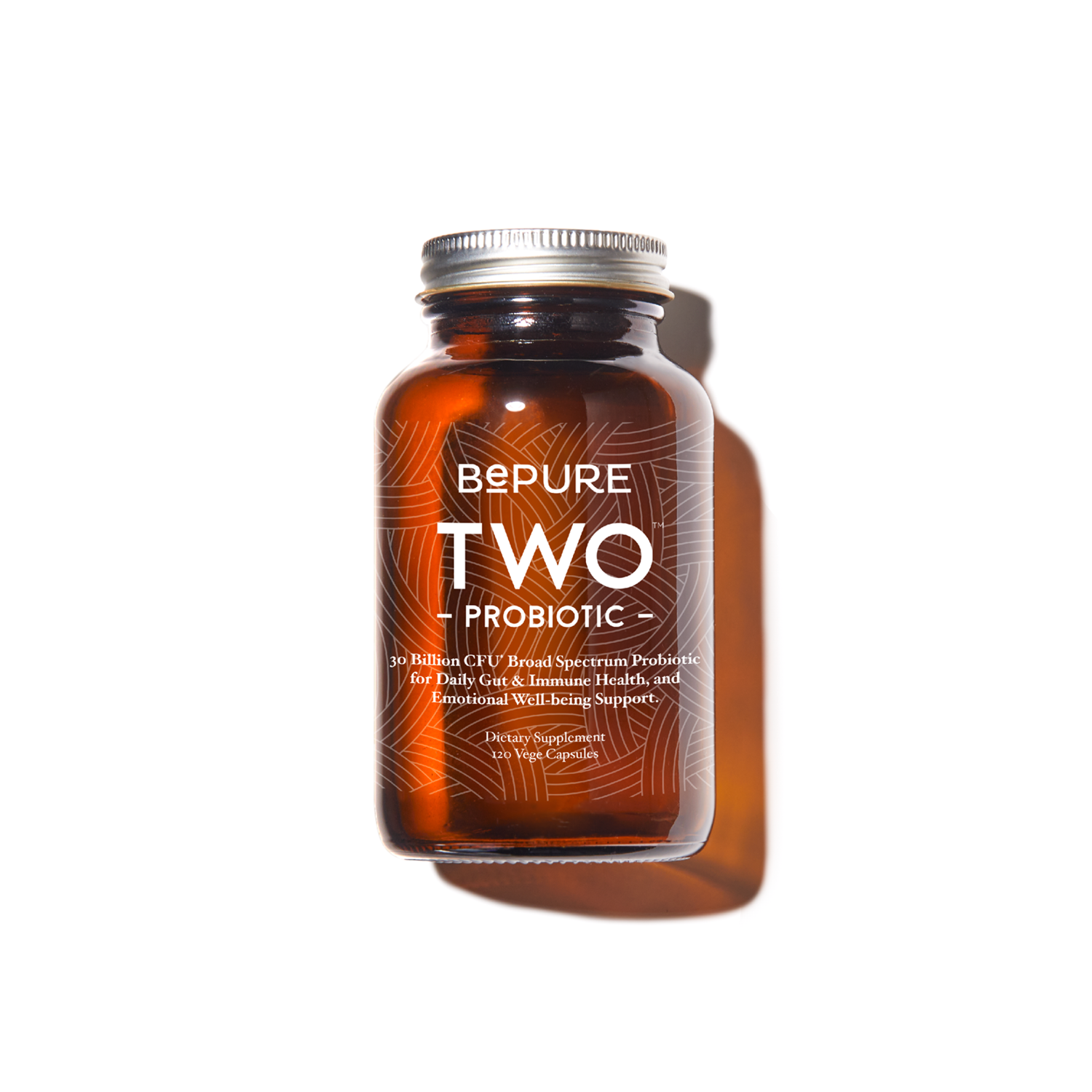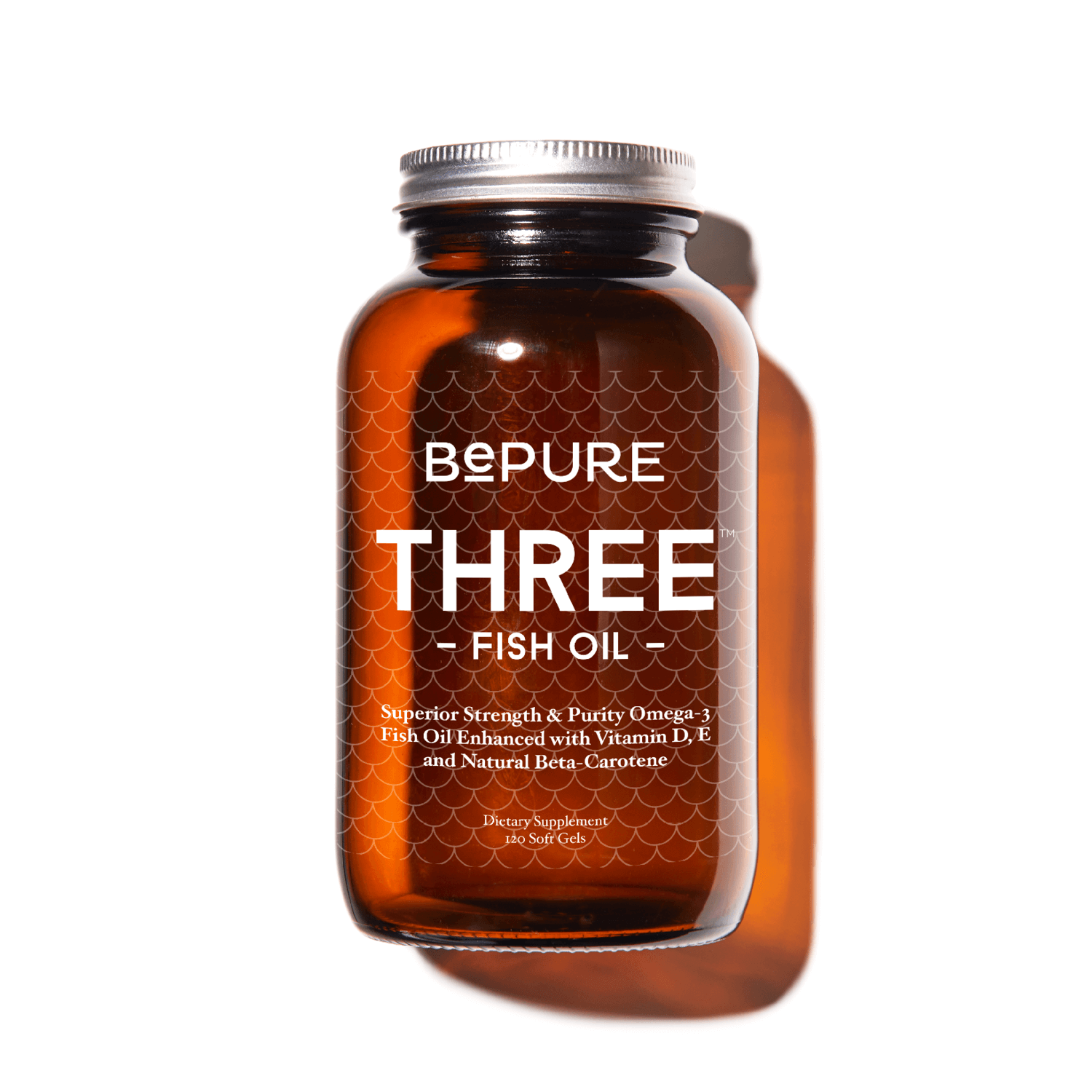For anyone force-fed fish oil as a child, a daily dose of Omega 3 can feel like a rather scarring memory! But like many things, the older we get the more we realise our parents or grandparents may have had a point.
Today we’re going to unpack that point, exploring the positive impact that Omega fatty acids can have on the health of our bodies, and also our brains!
Let’s start with the basics.
There are two important omega-3 polyunsaturated fatty acids (PUFAs) to consider here, and these are broken down into three different chains:
Eicosapentaenoic acid (EPA)
EPA is fantastic for a number of reasons. Its main function is to produce chemicals called eicosanoids, which help to reduce systemic inflammation throughout the body, supporting healthy joint mobility. It also has been shown to support good cardiovascular and brain blood circulation, immunity, and can even help to reduce signs of depression.
Docosahexaenoic acid (DHA)
DHA makes up about 8% of your brain weight, and is essential for healthy brain development and function. DHA is also important in supporting brain, eye, joint and heart health.
Alpha-linolenic acid (ALA)
ALA is found in a variety of plant sources such as nuts and seeds, some green vegetables, such as Brussels sprouts, kale, spinach, and salad greens. When ALA enters our system, our bodies partially convert it to EPA and DHA, so it ultimately supports our health in the ways mentioned above.
We use the term ‘essential’ fatty acids when we describe fatty acids that are essential to our diets, but can’t be synthesised by our bodies. EPA and DHA can’t be made in the body, and for that reason they must be consumed from a dietary source such as oily fish, or supplementation with fish oil!
Understanding the Omega 3:6 Balance
Like most things in life, these essential fatty acids work best in balance. With loads of supplements on the market, getting the right combination can be tricky. But there’s no need to feel daunted – by taking the time to understand the way they interact, you can be sure you’re getting the most of out of them.
The fatty acids we are considering here fall into two camps: omega-3, and omega-6. They work the best for your body when existing in a balanced ratio, close to 1:1. This is because omega-3 acids are anti-inflammatory, whilst omega-6 are pro-inflammatory. Unfortunately, an overload of omega-6 acids can interfere with the positive effects of omega-3, because they both end up competing for the same metabolising enzymes.
An overload of omega-6 acids can interfere with the positive effects of omega-3, because they both end up competing for the same metabolising enzymes.
While we need some omega-6 fatty acids to support brain function, healthy skin, hair, and bones, our modern diets often mean that we get far too many omega-6s, and not enough omega-3s. In an ideal world, we want to counter the impact of the omega-6’s with omega-3’s, reducing inflammation and working against higher risk of chronic disease.
Omega 3-6 Ratio Comparison
To help paint the picture…
- Sunflower, Corn, Cottonseed and Soybean oils are all more than 50% Omega-6 fats, with 0% Omega-3s.
- Fish oils are 100% Omega-3 and 0% Omega-6
One of the main reasons we often end up with an imbalanced ratio of fats is due to the way we use them. For example, fats become damaged when exposed to high temperatures. When we cook with oils – especially olive and sunflower oil – we can end up heating them to as high as 240 degrees celsius, causing it to go rancid.
Nevertheless, it’s important to note that not all omega-6 fatty acids are unhelpful. In fact, some omega-6 fatty acids have shown wonderful benefits in supporting signs of chronic disease. Gamma-linolenic acid (GLA) is an omega-6 fatty acid found in certain oils, such as evening primrose oil and borage oil. When consumed, much of it is converted to another fatty acid called dihomo-gamma-linolenic acid (DGLA).
The main point to take away is that omega-6 fats are essential – but only in the right quantities. One way you can take action is by making an active effort to look at the different forms you consume. Do what you can to keep away from the processed oils, and instead try and consume health promoting seeds such as flaxseeds, hemp seeds, pumpkin seeds, sunflower seeds, pistachios.
Where can you find Omega 3 in your diet?
- Salmon
- Sardines
- Flaxseeds
- Walnuts
- Chia seeds
How often do I need omega-3’s?
A delicious fish dinner 2-3 times a week can provide your body with these healthy oils. Because some types of fish have higher levels of mercury than others, follow the recommendations of the Food and Drug Administration (fda.gov), especially if you're pregnant or nursing. You can add in walnuts, chia seeds and flax seeds into your meals daily for an extra dose.
How to find a quality fish oil
With so many options on the market, choosing a genuine quality fish oil is no walk in the park. In fact, ‘fish oil’ can refer to any oil that comes from a marine source – it doesn’t include the breakdown of the Omega-3s (EPA and DHA), and doesn’t necessarily require manufacturers to specify the amount. We encourage our customers to compare the levels of EPA and DHA in fish oils when they’re making a purchase.
Our suggestion – BePure Three!
BePure Three is our high strength, molecularly distilled fish oil, which is loaded with essential omega-3 fatty acids DHA and EPA. Made with lowest possible levels of environmental pollutants such as PCB’s, dioxins pesticides, and heavy metals, our BePure Three is enhanced with vitamin E as an antioxidant for freshness and purity. It also has added vitamin A and D for immune function and to promote a healthy mood!
Top 3 Takeaways:
- Where you can, make sure to include natural sources of omega-3’s (quality fish, and plant sources) in your diet.
- If it’s fried or processed, it’s likely to contain pro-inflammatory omega-6 acids which counter the effects of natural omega-3.
- Give your body a boost with a high-quality fish oil to support your omega-3 levels.



